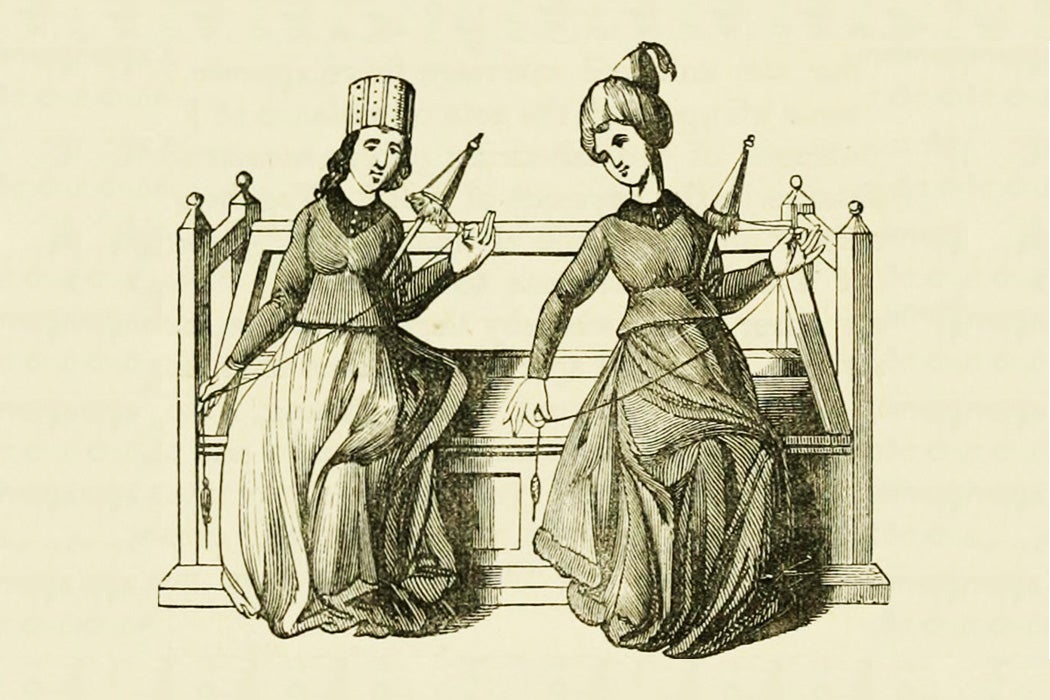 A group of skilled women ran the silk-making industry in 15th century London. So why didn't they protect their workers' rights by forming a guild?
A group of skilled women ran the silk-making industry in 15th century London. So why didn't they protect their workers' rights by forming a guild?Women’s paid work in medieval Europe was limited, to say the least. The options were essentially: domestic service, retail, midwifery, spinning, and sex work. None of these was considered skilled enough to be worthy of a guild. Guilds (also called gilds) were one of the most influential forms of organization and community in the Middle Ages. Organized around trades or crafts, guilds worked for the mutual benefit of their members. By controlling access to skills passed from master to apprentice, guilds could be a real economic and political force—and few of them allowed women members.
But there were some guilds for women. Historians Maryanne Kowaleski and Judith M. Bennett write that “the treatment of working women by medieval gilds is a complex and varied story.” Building on a historically significant article by one of the first women medievalists, Marian K. Dale, Kowaleski and Bennett argue that “gild membership allowed women to participate in some form of community life that offered its members economic security, spiritual comfort and social privilege.” Wives and daughters of male guild members, as well as widows of male members, were the most common female guild members.
read more here @ JSTOR Daily

No comments:
Post a Comment